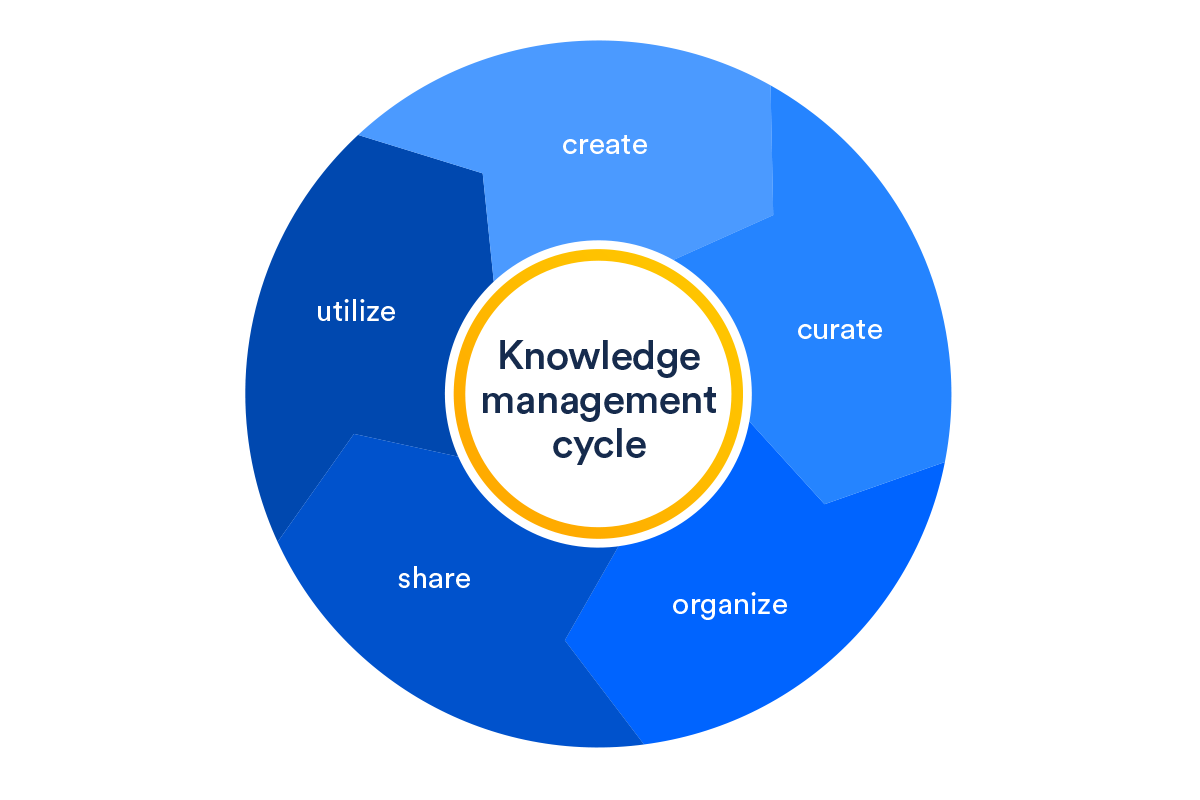In modern product development, with altering consumer behavior, the complexity and variety of products have increased in order to satisfy sophisticated customers. In contemporary organisations, problems among which lack of learning capability, feedback system failure, communication barriers and poor organizational memory are major causes of failure in the product development process. The knowledge and expertise for developing products is in high demand and to steer clear of higher development costs, quality problems, and lengthy product development cycles, collaboration across distributed and multdisciplinary design teams has become a necessity and has built a space for product lifecycle management market. Product development process requires a knowledge-intensive computational framework which effectively enables capture, representation, retrieval and reuse of product knowledge. This is where Product Lifecycle Management (PLM) comes in.
Evolution of PLM
Engineering design entered a new dimension with the advent of Computer Aided Design (CAD). It allowed the creation of computerised geometric model of a product that could be reused and manipulated as required. Along with CAD and other manufacturing and engineering tools, Product Data Management (PDM) systems appeared to control and manage the product information created by various information authoring tools. It provided users with required data through their central data repository and insured integrity of the product data by continuously updating as well as controlling the way people create and modify the data. With the progression of PDM systems, the first wave of enterprise applications such as Enterprise Resource Planning (ERP), Customer Relationship Management (CRM) and Supply Chain Management (SCM) were introduced that were aimed to further streamline and improve the manufacturer’s business practice. Each of these solutions focus on some specific lifecycle process and are quite dependant on product information.
However, the internal piping of PDM systems was designed specifically for handling engineering data and could not provide the necessary support. The idea of Product Lifecycle Management (PLM) appeared later with the aim of moving beyond engineering aspects of a product and providing a shared platform for the creation, organization and dispersal of product related information across the extended enterprise.
Product Lifecycle Management: The Concept
Increasing innovation, global collaboration, risk management in complex projects, and fast technological changes are challenges that drive large and small enterprises to react by focusing on core competence, diverse collaboration for product design, engineering and production, or shifting part of the activities in low labor cost countries. Developing complex products in this environment requires information about product and process that is accessible to the several members in the value network such as partners, suppliers, and customers. The inclination is to use a strategy to integrate consumers, processes, business systems, and information for managing the product development and supporting its lifecycle.
In simple terms, PLM is a strategy for managing product data and development process – from the concept, through design and manufacturing, to service and disposal. It is aimed to reach beyond design and manufacturing, to other areas like marketing, sale and after sale service, and at the same time address all the stakeholders of the product throughout its lifecycle. It seeks to fill the gap between enterprise business processes and product development processes. At its core, PLM is a process which supports capture, organization and reuse of knowledge throughout the product lifecycle.
Knowledge Management Through PLM
Knowledge has been critical to competitiveness as the industrial age shifted to information age. It is necessary to understand the nature of knowledge accurately in order to leverage it properly. Lifecycle knowledge is defined as the knowledge initiated or consumed by various processes throughout a the lifecycle of a product. Innovation can be instigated by making people knowledgeable, and the ability to create products and services of the maximum quality will eventually lead to the economic growth both company-wide and nation-wide.
Today, product innovation and customer relationship together with operations have become the most important areas of focus for a corporation that wants to gain competitive distinction. These three measures are influenced by the internal dynamics of corporations. Manufacturing companies experience a range of complications outside of the scope of design and manufacturing. PLM alleviates those issues, and helps to align and integrate key resources, making product information accessible to teams across the company.
Often as organizations justify PLM investments through increased engineering efficiency, two challenges become unavoidable. Firstly, the realization that engineering efficiency in monetary manners require actual dismissal of the same amount of resources that expected to gain in the business, which is seldom done and the benefit is hence rarely realized. Secondly, the potential within the engineering efficiency dimension is low as compared to the potential in the product efficiency dimension.
Unfortunately, companies generally fail to see the connection between product efficiency and PLM, and hence fall short in implementing the opportunity to capture the main benefit of their PLM investments. A PLM investment should not be taken as a short-term cash generator, but instead as a necessity for long-term excellence in both product and engineering efficiency.
In industries that produce complex products or operate in complex environment, the tendency is to use a PLM strategy to integrate all elements that participate in product development process and support its lifecycle along the value chain. Given the increasing need and significance of PLM inside organizations to support and guarantee the management of product data during its whole lifecycle, the global Product Lifecycle Management (PLM) market is anticipated to be valued at USD 76 Billion by 2022. Based on the experiences of a PLM community of practice, the need of a more wide and integrated system has emerged.


